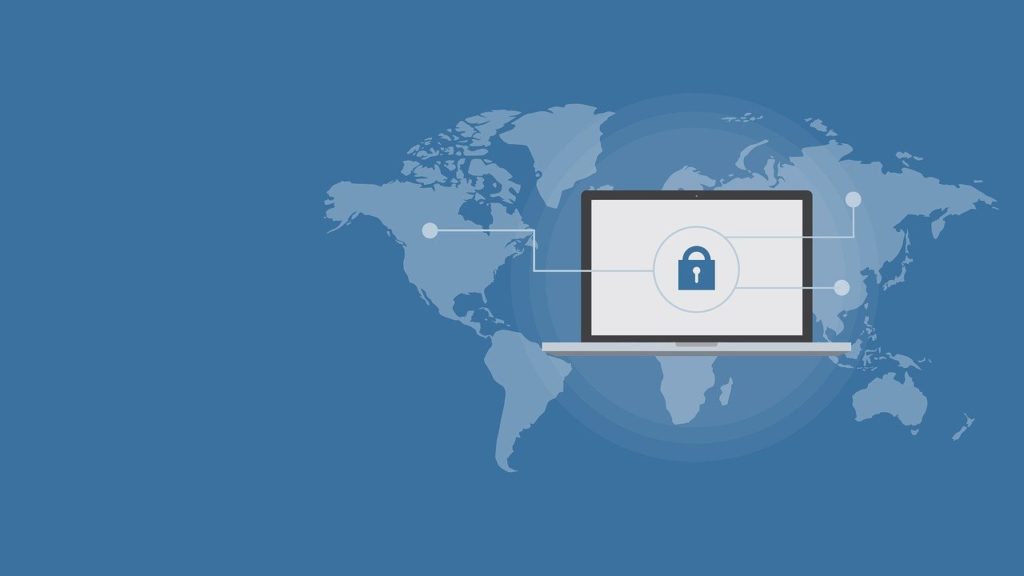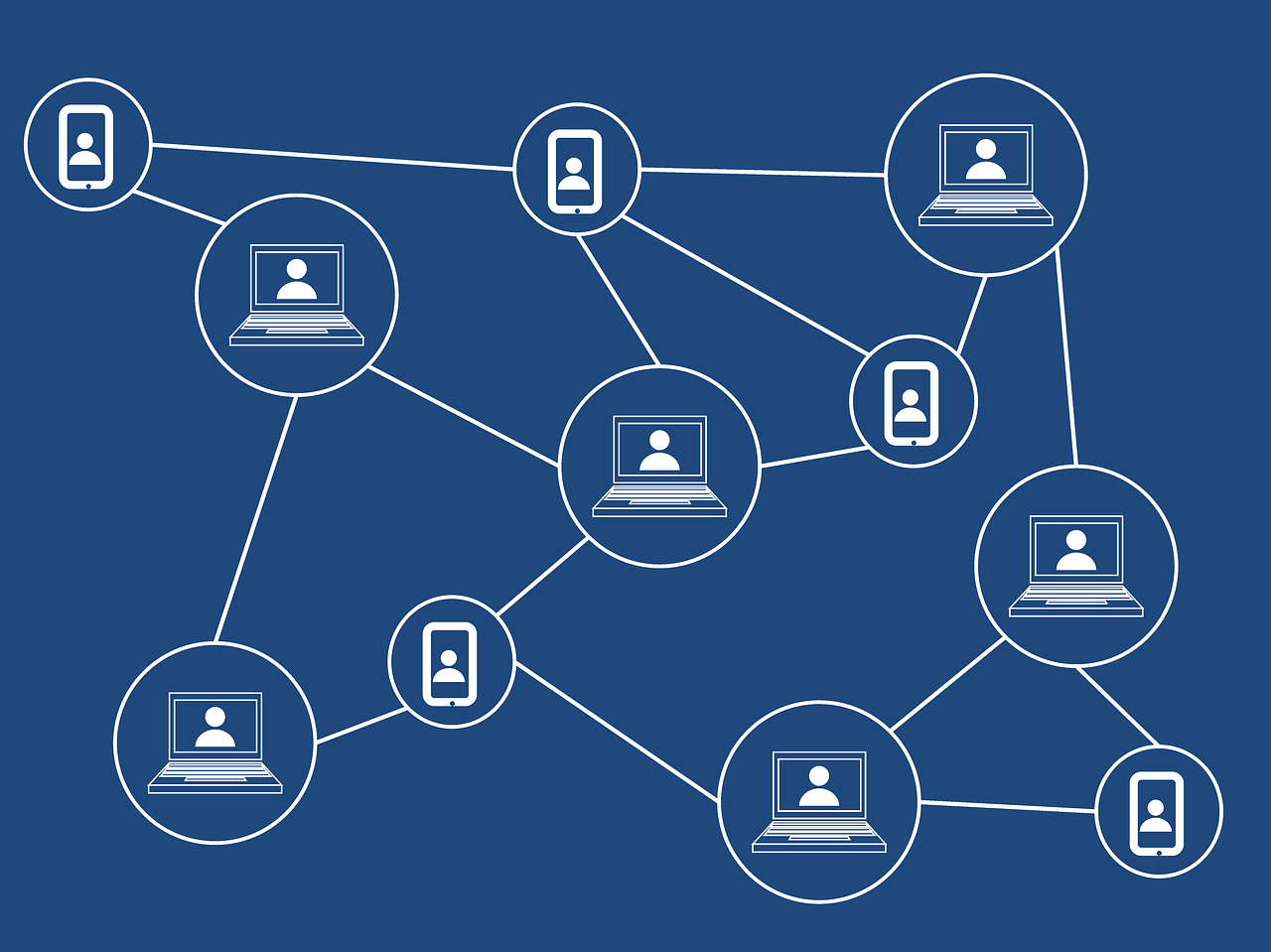Blockchain technology has become increasingly influential since its introduction as a part of what makes the popular cryptocurrency bitcoin work. New applications for the technology are introduced left and right, and it seems as though blockchain technology might actually be the one part of the cryptocurrency revolution that has a real long-lasting impact.
Blockchain has great potential to increase security in many industries, including healthcare. Patient data security is always a concern, and with the move toward more technology, digitization, and electronic records in hospitals and doctor’s offices, that concern is only continuing to grow. Cybersecurity is a major issue for the healthcare industry. Here’s what you need to know about blockchain and its applications in this field.
What Is Blockchain?
In its most basic form, blockchain is a data management system that allows for fast transfers of information and virtually incorruptible data when implemented correctly. A blockchain is made up of blocks that serve as a kind of digital ledger, storing vast amounts of information.

Blocks are always added to the chain linearly and chronologically, meaning that the last block goes on the end of the chain. Each block contains a distinctive “hash,” a mathematically generated code that distinguishes it from every other block, as well as the hash from the block before it. These codes are part of what makes changing the information in a blockchain difficult. If a block is altered in any way (for example, by a hacker), its hash code will change; however, the next block in the chain contains the original hash. The hacker must then alter the next block, but doing so would alter its hash, and so on down the line.
The amount of computing power that would be necessary to successfully hack a blockchain would be staggering and vastly impractical—which means that any information stored in a blockchain is uniquely secure. Furthermore, with no central governing body overseeing the data transfers and storing the information centrally, there’s no single target for hacking. The implications of the technology are exciting for any industry valuing security of data and unalterable records of transactions.
How Can Blockchain Be Used in Healthcare?
One of the most promising ways that blockchain technology can help healthcare is actually one of its biggest issues: interoperability. Interoperability in healthcare is important, particularly because of all the different healthcare information technologies (HIT) used today. To improve the quality of care and efficiency within the industry, these technologies must be able to exchange, share, interpret, and use data cohesively.
Currently, electronic health information exchanges (HIEs) facilitate peer-to-peer exchanges of electronic health records (EHRs). Additionally, HIE systems act as a ledger, tracking data exchanged on the network. Using blockchain to facilitate interoperability between disparate systems would give providers the ability to access and exchange electronic health information much more simply and securely.
The speed at which blockchain can process transactions would also be a huge benefit to healthcare organizations, significantly reducing overhead costs associated with exchanging and accessing information. With many transactions processing almost in real-time, blockchain’s cost reduction potential is an excellent incentive.
Patient Data Integrity
Issues with patient data integrity are a problem for many healthcare organizations. Many systems struggle with what’s called the master patient index (MPI); this database is meant to correctly link patients’ transactions, personal information, insurance information, and health records. Each patient is typically assigned a unique identifier to organize all this data. An MPI has to work across departments of large healthcare organizations and even across different organizations, with different hospitals and doctors. Understandably, this issue is only becoming more and more complex (not to mention expensive) over the years.

Using a blockchain-based approach would allow the use of cryptography to help with patient identity verification and authentication. Health records can be shared with physicians and providers who would be able to add to, though not edit or delete, those records. The nature of blockchain would ensure that patient data has much greater security and better standardization.
Information Blocking
You may be surprised to find that information blocking is a problem in the healthcare industry, but it’s true. Although it is an illegal practice, it’s a rampant issue. The bottom line is that healthcare providers want to keep the patients they have and make it difficult for them to move to other providers. The result is information blocking, in the form of policies that prevent sharing patient data and electronic health information, even when there’s no reason why it shouldn’t be accessible.
Surveys of HIE leaders and other healthcare professionals show that the practice is widespread and that attempts to stop it haven’t been effective. Around half of respondents in a study by Adler-Milstein reported participating in information blocking. The increased transparency that blockchain can provide could offer a solution to this problem.
As 2020 approaches, it will be interesting to see how the healthcare industry attempts to integrate blockchain into their systems and how it might change things for the better.

